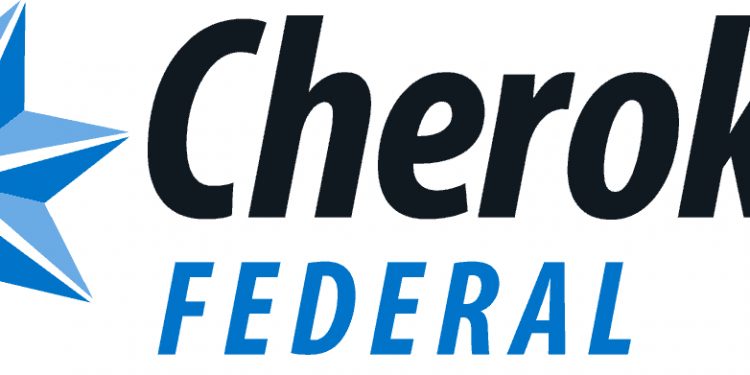Scientists from LETI have developed a neural network to detect defects in solar cell production, improving efficiency and quality.
Solar power is a promising renewable energy source - environmentally safe with an inexhaustible fuel source. Solar cells are made from inexpensive, abundant silicon.
However, surface defects occur from mechanical impacts during silicon wafer transportation between production steps. The industry needs tools to track defects and eliminate causes.
The neural network automates identifying and classifying various production flaws in silicon cells using electroluminescence imaging. Cells glow when voltage is applied, unless defects are present.
The network was trained on a dataset of over 100,000 images from Hevel's production line, learning to accurately pinpoint defect types. The research is published in Solar Energy.
Although defects are just 0.2-0.3%, they significantly impact efficiency. Eliminating even tiny flaws is crucial for solar companies. The tool helps identify issues' production stage origins.
Implementation at Hevel increased efficiency. It also provides valuable production insights from AI analysis of comprehensive imaging datasets.
Collaborators included LETI, Hevel's thin-film tech center, Sberbank's AI lab, and Higher School of Economics.
The project exemplifies AI's potential to improve manufacturing consistency through granular defect detection and classification. Targeted flaw elimination then boosts productivity.
As solar expands globally, optimizing every process gain will be key. This research lays the algorithmic foundation for smarter quality assurance in a vital renewable energy domain.


















